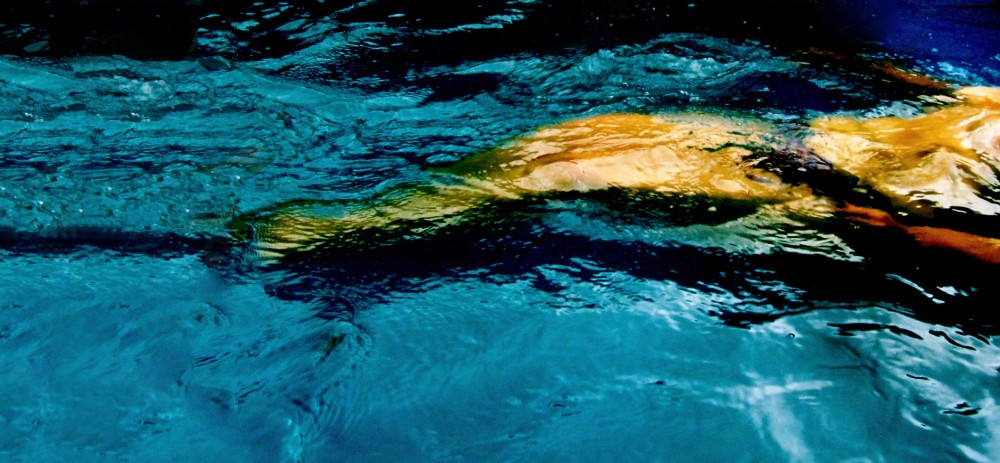A walk to the obelisk is just the thing to do on a sunny afternoon after Christmas. It isn’t far, perhaps a five mile drive from our house, and then an easy walk from the car park. As you can see from the photographs, yesterday Chris and I accompanied my dear old mum (alias Supergran) on a stroll through the forest path to Mamhead Point from where you can look across and see the Exe estuary, Exmouth and also the beautiful countryside below on our side of the river.
Mamhead Park
The Mamhead estate was sold by the adventurer Sir Peter Carew (1514–1575) to Giles Ball, whose son Sir Peter Ball (1598-1680) was attorney-general to King Charles I’s Queen, Henrietta Maria. He began to build a country house here, replacing an older house. His grandson Thomas Ball (1671-1749), a merchant, planted many exotic trees brought back from his travels. Between 1742 and 1745, he built an obelisk on the hill above the house “out of a regard to the safety of such as might use to sail out of the Port of Exon or any others who might be driven on the coast”. The obelisk has a height of one hundred feet.
In 1823, Mamhead was bought by Robert William Newman (1776-1848), who completely rebuilt the house on a new site in 1827-1833, to the designs of Anthony Salvin. In 1833, Westley Farm was also rebuilt by Salvin. Newman was Member of Parliament for Exeter from 1818 to 1826 and High Sheriff of Devon in 1827. On 17 March 1836, he became Sir Robert William Newman, 1st Baronet, of Mamhead in the County of Devon. The third Baronet was High Sheriff of Devon in 1871. The fourth Baronet represented Exeter in the House of Commons from 1918 to 1931, when he was created Baron Mamhead of Exeter in the County of Devon, in the Peerage of the United Kingdom. The peerage became extinct on his death in 1945, but the baronetcy is still extant.
Mamhead Park became Dawlish College, a boarding school for boys. The building was owned by the Tyler family and run with a staff of approx 20. The usual number of boarders was around 75. The surrounding grounds were utilised for numerous activities from swimming,cricket,football,go karting etc. Dormatories and bathrooms were on the second and third floors. The ground floor was primarily used for the teaching and normal day activities including the school administration. The Camelia room was used as refectory. The Castle housed the science & craft rooms – Physics,Biology,Metalwork,Woodwork and Technical Drawing.The inner courtyard was used for 5-a-side football and also had a changing room area.
It is rumoured that a “white lady” ghost can been seen on the main stair case late at night.



















Lovely photos!